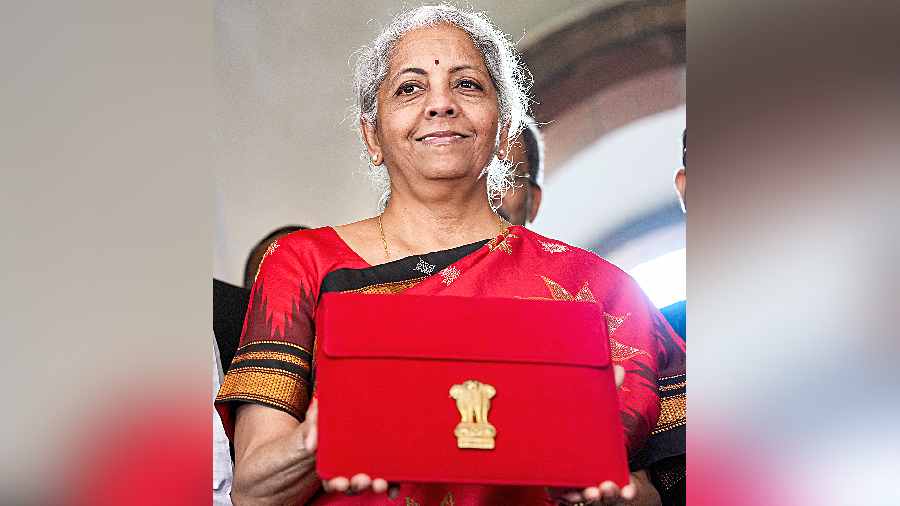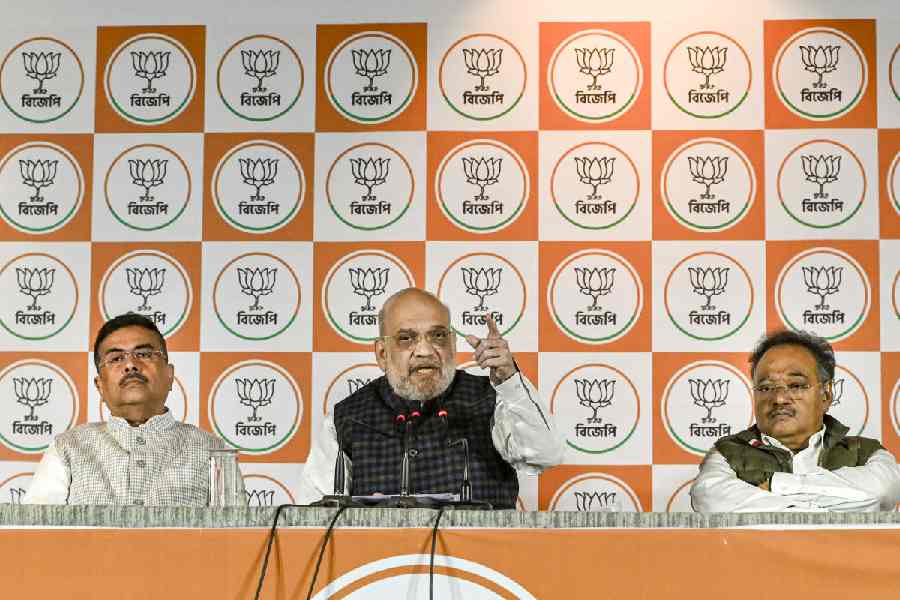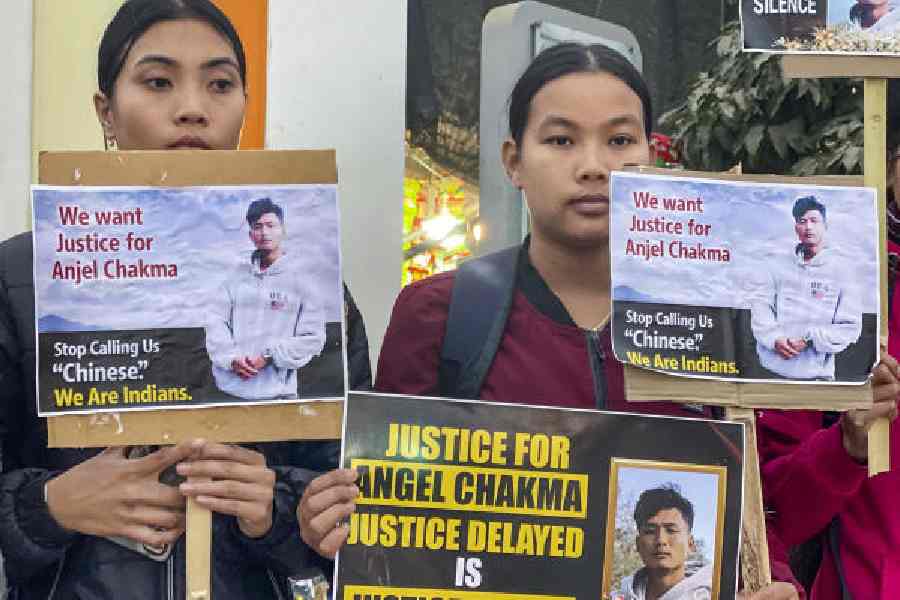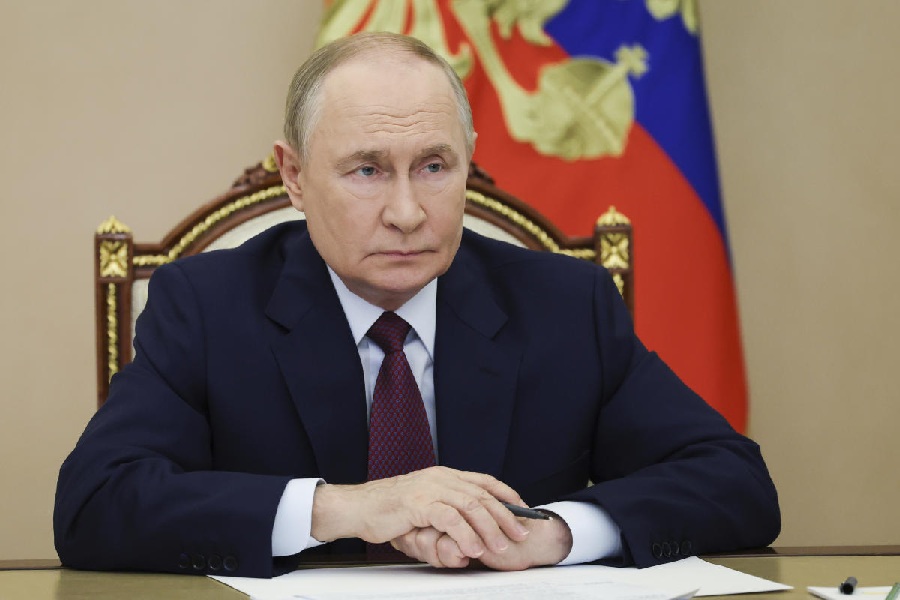We all know that the Narendra Modi government has strong centralising tendencies — not just between the Centre and the state governments but even within Central ministries, with the Prime Minister’s Office and the ministry of home affairs being the loci of real power. We also know that with the closure of the Planning Commission and the effective disbanding of the Inter-State Council (the last meeting of which was held in 2016), state governments have lacked a platform on which to bring their concerns and voice their views on crucial matters of economic policy that affect them.
State governments accounted for nearly two-thirds (around 62.4%) of the total public spending in India in 2019-20 but received only 37.3% of the total resources raised. This would be bad enough for any semblance of genuine federalism. But what makes things worse is that they simply cannot ignore the massive destabilising impacts of the major policies of the Central government that are announced suddenly and without consulting them (such as demonetisation and the pandemic-induced lockdown of March 2020 onwards) because they have to deal with the consequences of such interventions. Yet, they find themselves increasingly strapped for resources even as they effectively receive smaller and smaller shares of the total public resources raised.
Despite knowing all this, the extreme centralisation of fiscal power that is expressed in the Union budget 2023-24 still comes as a shock. Today, the heady days following the announcement of the 14th Finance Commission award, which allocated 42% of tax revenues to state governments, seem very long ago. Although the Bharatiya Janata Party-led government accepted this recommendation, it sought to find a way around it by making almost all tax increases come in the form of cesses and surcharges that do not have to be shared with the states. Such cesses and surcharges doubled in share of the total taxes from around 10% in 2011-12 to more than 20% in 2021-22.
As a result, after peaking at 36.6% in 2019-20, the states’ share of tax revenues has been declining steadily, to 33.2% in 2021-22, 31.2 per cent in the revised estimates for the current year, and only 30.4% in the proposed budget. This is effectively a reduction of more than a quarter of what should be the rightful share of states in total tax collection.
Meanwhile, transfers to states are also slated to come down in the budget. In 2021-22, such transfers amounted to Rs 460,575 crore, but they were slashed to Rs 367,204 crore in last year’s budget. In the event, the Centre is clearly planning to transfer even less to the states since the revised estimates plan for only Rs 307,204 crore is budgeted to be transferred in the current fiscal year. The budget provision of Rs 359, 470 crore in the coming year is still lower than the previous year’s budget estimate. The grants mandated by the Finance Commission (for local bodies, post-devolution deficit gaps, and disaster relief) are projected to come down sharply, even more than in the past couple of years. They already fell from Rs 207,435 crore in 2021-22 to Rs 173,157 crore in 2022-23, and the Centre is proposing to spend no more than Rs 165,480 crore on those in the coming year — a nominal decline of around Rs 42,000 crore in two years that comes to a much larger fall in real terms.
All this matters even more because the Modi government is blatantly cutting down on major elements of social spending, in employment, nutrition, health and education. For example, the spending of the rural development ministry is slated to decline from Rs 288,446 crore in 2021-22 to just Rs 236,545 crore in 2023- 24. Within this — and most shockingly — the allocation for the Mahatma Gandhi National Rural Employment Guarantee Act has been cut from the actual projected spending of Rs 89,000 crore to only Rs 60,000 crore at a time when it remains one of the critical lifelines for the rural poor. Spending on the National Food Security Act is to come down from Rs 215,000 crore estimated for 2022-23 to just about half that level to Rs 135,000 crore. This has been made possible by a “rationalization” of the free additional rations of five kilos per person that were provided during the pandemic. The eligible households will now be able to get their total entitlement of 35 kg per household for free, but that was already heavily subsidised at Rs 1 per kg of coarse grain, Rs 2 per kg of wheat, and Rs 3 per kg of rice. The additional five kgs per person will no longer be available. This actually reduces foodgrain access for the poor, since families will now have to purchase the rest of their requirement from the open market at much higher prices. Typically, rather than admit that it is reducing the food subsidy, the Modi government has tried to disguise itby presenting it as a grandiose news scheme. This reduction in food subsidy at such a time is crazy given the widespread hunger and undernutrition that are evident from even official surveys. Many states that have sought to provide food grain and other basic food items beyond those provided by the Centre to a larger population and at higher subsidised prices will now find it much harder to manage.
Spending on both school education and higher education will stagnate and actually decline in real terms (once inflation is taken into account) despite the urgent need for greater investment to make up for the learning losses suffered by students during the pandemic. This is also true for the total health spending of the Central government, while the allocations for the National Health Mission and the Integrated Child Development Services are set to decline in real terms as well. Much less trying to keep the remuneration of these already underpaid workers inline with inflation, the Central government does not even expect any wage increases in these programmes.
This dramatically affects the state governments that were doing their best to expand and improve these programmes and provide better basic conditions of living for the people. If they want to maintain their existing programmes in these areas (forget about expanding them), they will somehow have to find the resources for these out of their sharply shrinking shares of total revenues.
The implementation of the good sand services tax eliminated almost all the revenue-raising powers of the states, barring excise duties and taxes on fuel and liquor, energy charges, stamp duties and the like. So state governments have to scramble and beg for resources even as they are held responsible for ensuring the basic socio-economic rights of the citizens.
This paradoxical combination of extreme concentration of political, economic and fiscal power with significant decentralisation of responsibility and accountability is obviously incompatible with ‘co-operative federalism’ — indeed, it is unlikely to be compatible with any real federalism. Instead, and especially when combined with the open hostility and apparently vindictive moves by the Centre towards states ruled by Opposition parties, it creates what could be called ‘combustible federalism’, something that could threaten our very political fabric.
Jayati Ghosh taught economics at Jawaharlal Nehru University and is now Professor at the University of Massachusetts Amherst in the US










